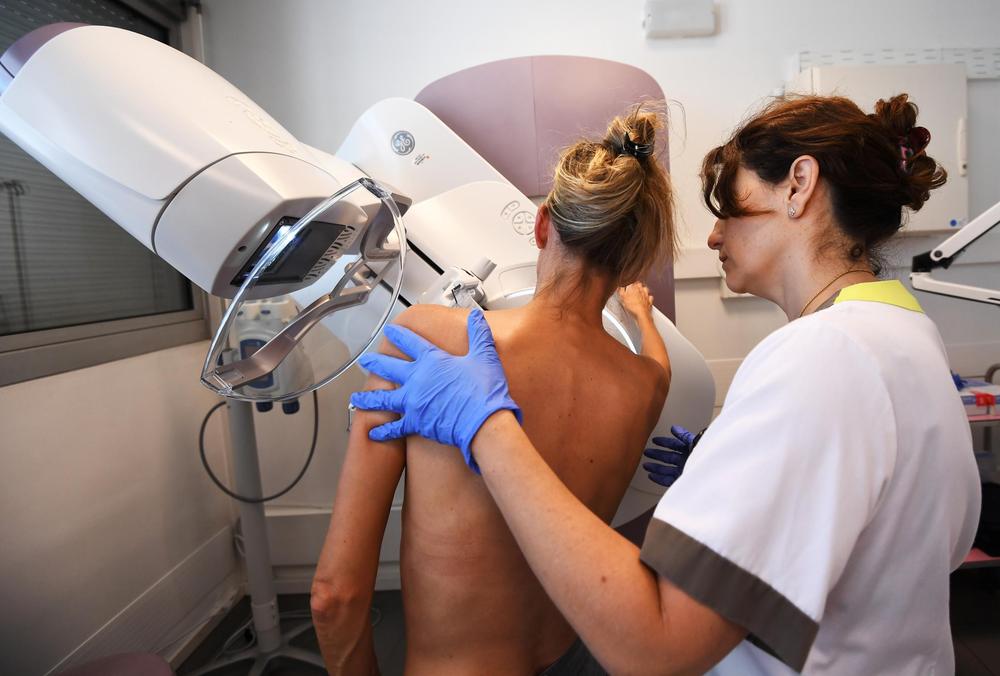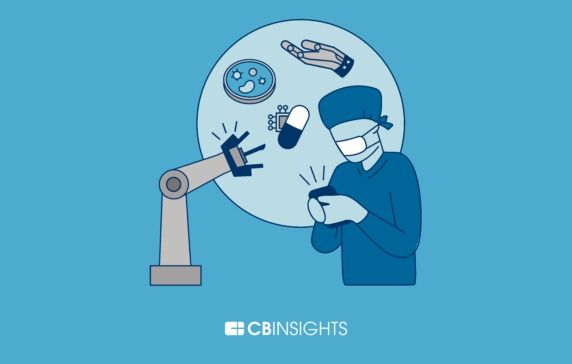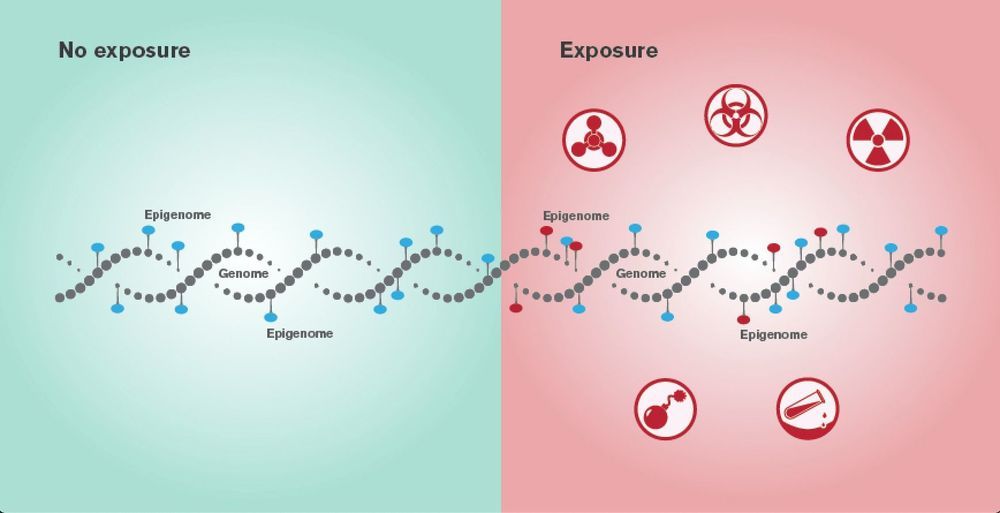New uses of stem cells and 3D printing could make baldness obsolete (for the wealthy). James Hamblin 12:51 PM ET.




CANCER patients with previously incurable tumours have been given hope by a life-extending treatment which can double the length of time a person can live cancer-free.
The new worldwide medical trial involving the Beatson Cancer Centre in Glasgow has discovered a high-precision radiation treatment which can extend a patient’s lifespan by more than a year. Patients diagnosed with metastatic tumours – cancer which had spread to other parts of the body – were thought to be incurable, but researchers on the clinical trial have found that aggressive radiation therapy can increase life expectancy.
Hailing the research as a “game-changer”, scientists gave almost 100 cancer patients from Scotland, Canada, the Netherlands and Australia “substantially higher doses of radiation” to areas where their cancerous tumours had spread. Patients receiving the treatment, known as stereotactic ablative radiotherapy, lived 13 months longer on average.


Researchers have designed a tile set of DNA molecules that can carry out robust reprogrammable computations to execute six-bit algorithms and perform a variety of simple tasks. The system, which works thanks to the self-assembly of DNA strands designed to fit together in different ways while executing the algorithm, is an important milestone in constructing a universal DNA-based computing device.
The new system makes use of DNA’s ability to be programmed through the arrangement of its molecules. Each strand of DNA consists of a backbone and four types of molecules known as nucleotide bases – adenine, thymine, cytosine, and guanine (A, T, C, and G) – that can be arranged in any order. This order represents information that can be used by biological cells or, as in this case, by artificially engineered DNA molecules. The A, T, C, and G have a natural tendency to pair up with their counterparts: A base pairs with T, and C pairs with G. And a sequence of bases pairs up with a complementary sequence: ATTAGCA pairs up with TGCTAAT (in the reverse orientation), for example.
The DNA tile.


Arizona State University has been selected to participate in DARPA’s Epigenetic CHaracterization and Observation (ECHO) program. According to DARPA, the “ECHO program has two primary challenges: to identify and discriminate epigenetic signatures created by exposure to threat agents; and to create technology that performs highly specific forensic and diagnostic analyses to reveal the exact type and time of exposure.” (Epigenetic changes are chemical modifications that affect genes, altering their expression while leaving the genetic code intact. Epigenetic changes can occur as natural responses to the environment but can also signal exposure to toxic agents or disease pathogens.)
Epigenetics is coming into its own in the 21st century. DARPA describes the epigenome as “biology’s record keeper,” explaining that “though DNA does not change over a single lifetime, a person’s environment may leave marks on the DNA that modify how that individual’s genes are expressed. This is one way that people can adapt and survive in changing conditions, and the epigenome is the combination of all of these modifications. Though modifications can register within seconds to minutes, they imprint the epigenome for decades, leaving a time-stamped biography of an individual’s exposures that is difficult to deliberately alter.”
Sethuraman Panchanathan, ASU Knowledge Enterprise executive vice president and chief research and innovation officer, said the project fits with the university’s mission.

Researchers have discovered a new drug that targets the mTOR pathway, which is involved in aging and metabolism. It could function as a caloric restriction mimetic, bringing about similar health benefits.
The mTOR pathway
The mechanistic target of rapamycin (mTOR) pathway is a part of metabolism and is one of the four major pathways that control it; collectively, the four pathways are affected by deregulated nutrient sensing, which is a hallmark of aging.

Adoptees and others with unknown parentage can use DNA testing to find and connect with their biological families or to learn more about where their ancestors came from.
DNA testing won’t always provide adoptees with a quick answer to finding their biological roots, but with some traditional genealogy research and DNA testing, many have found success! If you’re wondering how to find your birth parents through DNA, this article can help you get started.

Turn.bio is based on the scientific breakthrough work at Stanford of Vittorio Sebastiano, Jay Sarkar, and Marco Quarta. They are now leading the team to develop therapies that return mature differentiated cells to a dramatically younger state leaving their differentiated identity unaltered. Congrats!
More info on kizoo.com/en